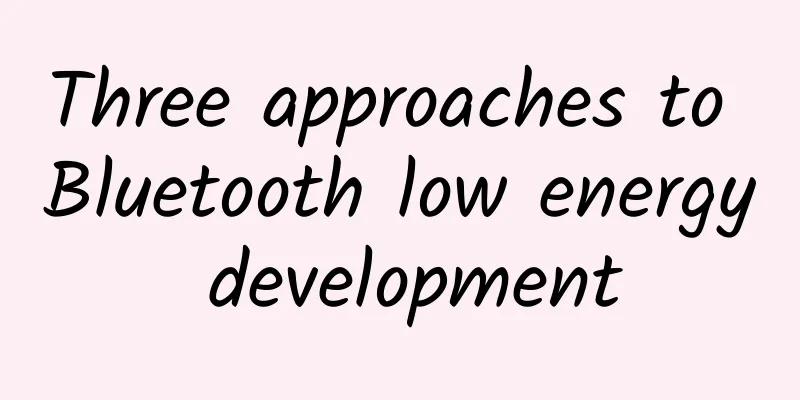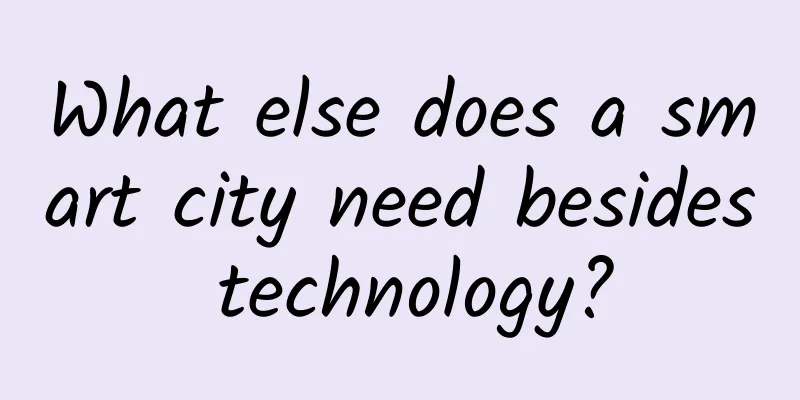Three approaches to Bluetooth low energy development

|
Ask any IoT vendor what makes their product exciting? They all point to the application, the unique way the device delivers value to the user. It makes sense, therefore, to focus your development resources on your application: first, last, and always. However, for your application to work, you need reliable connectivity. This comes from technologies like Bluetooth Low Energy (BLE). Facing the complexity of Bluetooth low energyThe typical API in a BLE stack is full of unfamiliar terms like GAP, GATT, CCCD, and "blob requests." The code follows its own set of rules and is not well documented. This adds cost and complexity to the development cycle of any IoT product. Additionally, BLE systems require three additional areas of development, each of which must work seamlessly with the next: Firmware development: This is the embedded software that runs on the chipset. The firmware must be configured and optimized to get the data where it is needed, when it is needed, without damaging the battery. Chances are, the firmware developer on your team won't have a lot of pre-existing Bluetooth knowledge. Mobile application development: Mobile developers are often experts in iOS, Android, or both, but not Bluetooth. Many Bluetooth features on mobile devices are confusing and undocumented, so developing BLE expertise from scratch takes a lot of time. System-level architecture: Bluetooth development challenges are similar on both the firmware and mobile sides. But there are also system-level difficulties. Firmware and mobile developers must agree on common parameters, behaviors, and communication details. This collaboration must continue throughout the production timeline; otherwise, you will encounter interoperability deficiencies. So, how do you address the complexity of the BLE stack? You basically have three options, and for most IoT projects, only one of them is the right choice. Three paths for Bluetooth low energy developmentIf you’re building an IoT device, you’ll have a team of developers: firmware developers, mobile developers, or maybe just one expert handling both sides of the system. The trick is to give your developers the tools they need to create robust, reliable Bluetooth connections, without bugs or interoperability flaws, and without exceeding time or cost. Below are three ways to approach Bluetooth low energy development. They are listed in descending order, from worst to best in terms of simplicity, cost savings, and faster time to market. 3. Take the time to learn all about BluetoothThe first option for Bluetooth development is to develop your own in-house expertise. This is easier said than done. The libraries provided by iOS, Android, and chip manufacturers mean little if the firmware and mobile developers have no experience with Bluetooth. For example, what are GAP and GATT? How should PDU and MTU sizes be set? What connection parameters should be used, and how should they be configured? Developing a BLE system is almost like learning multiple new languages without a textbook. A lot of the expertise is essentially tribal knowledge: you have to spend a lot of time on obscure forums. This form of self-education is very time-consuming. It also increases the risk of errors. Often, these errors don’t become apparent until after the product has shipped. So what's the next option? 2. Hire a Bluetooth Low Energy ConsultantIf you don't have the time to train yourself, you can always seek outside help. Unfortunately, there are very few software consultants specializing in BLE. They are also quite expensive. So the first disadvantage of the consulting route is the cost. The fact is that many consulting firms are not actually Bluetooth experts. Most are generalists, knowledgeable when it comes to microcontrollers and protocol combinations, but not as knowledgeable in the unique ecosystem of BLE. Given the cost and complexity of working with a Bluetooth consultant, you may want to explore another route. This brings us to the most efficient ways to bring BLE capabilities to your IoT product with your existing development team and without a steep learning curve. 1. Use Bluetooth Low Energy Middleware PlatformThe Bluetooth Low Energy Middleware Platform is a software layer that sits between the Bluetooth stack and the application: both firmware and mobile. This middleware reformats the confusing code of chip vendors into a familiar English readable language using a simplified API. It removes many unnecessary feature sets built into the chip ecosystem while pre-optimizing the application to meet your unique goals, whether it is high throughput, low energy, security, or all three. The middleware supports both firmware developers and mobile developers while simplifying the overall system architecture that encompasses both worlds. In short, the middleware allows any developer to create reliable, optimized BLE systems without having to become (or hire) an expert. In a sense, the middleware is your expert. By demystifying Bluetooth Low Energy development with middleware, your team can focus on the features that make your product unique. |
<<: Four trends will occur in the telecommunications industry in 2023
>>: How 5G can help realize massive IoT
Recommend
In the 5G era, how can telecom operators lead the future through IoT services?
Major global telecom operators have been explorin...
Tudcloud: Hong Kong VPS 30% off, starting from $7.2/month, with options for high bandwidth or unlimited traffic
Tudcloud has sent out the latest promotion, with ...
Why does 6G run so fast?
The latest 6G speed created by Chinese scientists...
What kind of private network solution does 5G need?
MWC2021 Shanghai has fully demonstrated the achie...
HostYun: Hong Kong CN2 GIA line Tsuen Wan data center AMD high-performance VPS monthly payment starting from 19.8 yuan
HostYun has added a new VPS product in Hong Kong&...
The 5G commercial era is coming, and large-scale commercial use will be achieved in 2020
The Ministry of Industry and Information Technolo...
Ministry of Industry and Information Technology: The number of 5G package users has exceeded 350 million
[[395563]] The State Council Information Office h...
[Black Friday] BandwagonHost offers 10% off on all items, starting at $44.9 per year, CN2 GIA line 10Gbps bandwidth optional
Bandwagonhost has released a discount code for th...
5G and Wi-Fi 6, the next generation of infrastructure?
Cellular and Wi-Fi networks have come together to...
The UK invests £1 billion to build a full-fiber network, and 5G and ultra-fast broadband will soon benefit 2 million households
[[177138]] In the near future, 2 million househol...
This article will help you understand the difference between fog computing and edge computing!
1. What is the difference between fog computing a...
New 5G applications: “factory of the future” is just around the corner
Qualcomm's recent "What's Next In 5G...
Guidelines for Protecting RS-232 Serial Connections
RS-232 connections are an integral part of serial...
This is the best answer I have ever heard about "TCP's three-way handshake and four-way breakup"
When it comes to TCP connection establishment and...
SD-WAN: 10 essential considerations organizations need to weigh
SD-WAN is one of the hottest new network technolo...









